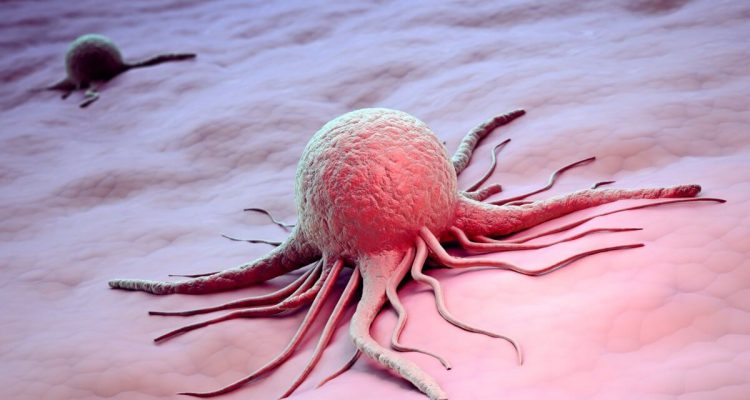
5 differences between benign tumors and cancer
0
A cluster (abnormal mass) of cells is called a tumor or neoplasm. This is caused by cells dividing more than usual or not dying when they should.
All tumors can be divided into benign and malignant. Benign tumors, unlike malignant tumors, are usually not life-threatening if detected early and treated promptly.
The main differences between benign neoplasms and malignant neoplasms
Benign tumors can be localized in various tissues and organs, for example, fibroids are found in connective tissue, adenomas originate from glandular or follicular epithelium, hemangiomas are lesions of blood vessels.
5 main differences between benign neoplasms and malignant neoplasms can be distinguished.< /p>
1. Not metastases
Benign formations are not the result of metastasis of cancer of other organs.
2. Have a clear edge and capsule
Benign neoplasms with growth push aside healthy tissues, but keep a clear edge and capsule. Thus, it is possible to accurately determine the limits of abnormal growth.
3. Do not metastasize
Benign tumors do not metastasize, that is, they do not spread throughout the body, do not affect nearby normal tissues and other organs, and do not destroy them.
4. Consisting of mature cells and growing slowly
Benign tumors tend to grow slowly. They do not contain immature cells that can break away from the parent tumor and enter other organs and systems with blood circulation or lymphatic flow.
5. Cells retain differentiation
Despite growth, the cells constituting a benign tumor partially retain the ability to function normally, that is, their differentiation.
Benign neoplasms with high at risk of turning into cancer
Many types of benign tumors are safe and do not require treatment, while others can lead to the development of serious consequences and turn into malignancy, for example:
Hyperplasia: Can be caused by several factors or conditions. It occurs when cells in a tissue multiply faster than normal and extra cells accumulate. However, the cells and the way the tissue is arranged still look normal under the microscope.
Dysplasia: A more serious condition than hyperplasia. In dysplasia, there is an accumulation of extra cells, but the cells look abnormal, and there are changes in how the tissue is organized. In general, the more abnormal cells and tissues look, the more likely cancer is. Some types of dysplasia may require observation or treatment, while others may not. An example of dysplasia is an abnormal birthmark (so-called dysplastic nevus) that forms on the skin. Dysplastic nevus can develop into melanoma, although most cases do not.
Carcinoma in situ (CIS): An even more serious disease. The disease is sometimes called stage 0 cancer, but it is not cancer because the abnormal cells have not spread to nearby tissues. Some CIS can develop into cancer, so treatment is usually required.
Often, the tumors develop without symptoms for a long time and may be discovered during a routine screening or examination, or during an examination for any other symptom.< /p>
Diagnosis may include a blood test, X-ray, CT, MRI, ultrasound. The only way to confirm the absence/presence of cancer is a biopsy. Benign tumors are practically curable, but the success of the treatment largely depends on competent diagnosis.









Leave a Reply